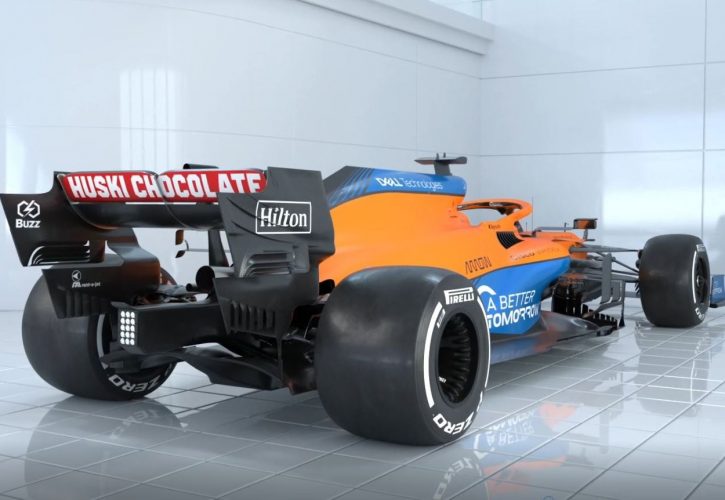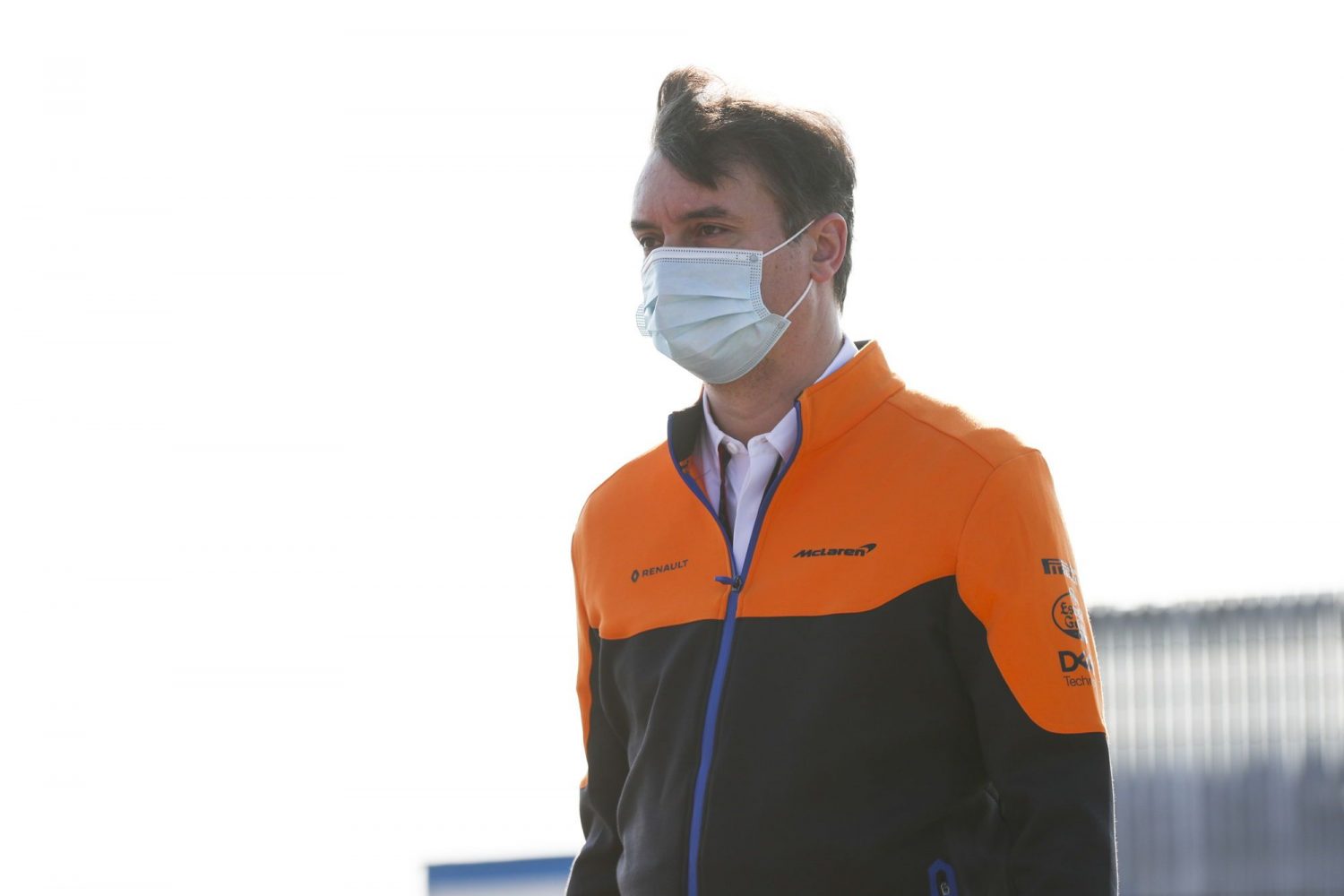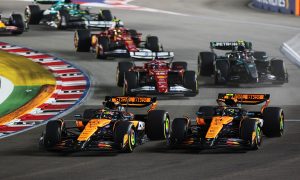
McLaren technical director James Key believes it won't take teams long to recover the previous levels of downforce they had before the latest set of technical changes were introduced.
Revisions to the regulations governing the size of the floor area in front of the rear tyres together with tweaks to brake ducts and diffusers are among the measures that have been brought in to take the pressure off Pirelli's tyre compounds.
The reduction of downforce at the back has a knock on effect on the overall aero balance forcing teams to reduce downforce levels at the front to even things out.
Mercedes reported that the changes had taken cars back to 2019 levels of downforce. F1 bosses including director of motorsport Ross Brawn had been aiming for a ten per cent reduction overall.
But Key says it hasn't taken long for designers and engineers to find new approaches that will completely offset the changes.
"It's been a real challenge," Key said this week. "It's had the effect of halting the rapid progress that's been going on now with these cars for a long time,"
"We kind of needed to do that for an extra year of these regs," he continued. "But there's still a lot of development potential around the rest of the car.
"It's required fresh thinking because the geometries imposed by the regulations are unique and not something we've encountered in the past.
"While the changes take downforce away from the rear, it forces you to take some off the front to rebalance the car," he explained. "So there's been a global reduction in downforce.

©McLaren
"My guess is that as we as we get into the season most will have recovered everything," he suggested, while admitting that this probably wouldn't be in time for the initial car designs on show for the first races of 2021.
"Whether it's phase one or not it's difficult to say, but I don't think probably 100 percent yet," he acknowledged.
"Our launch spec car is some of that. The race one spec car, which is still in definition at the moment, will be a further chunk of it.
"I can't give you a percentage at the moment in terms of where we are actually going to be at race one, but it will be a percentage rather than 110 pe cent, let's say."
Even if the teams do succeed in restoring downforce levels, this year's cars are still likely to be slower than their predecessors.
That's due in part to the more robust tyres that Pirelli wil be providing, with teams expecting them to result in lap times being up to one second slower.
Gallery: The beautiful wives and girlfriends of F1 drivers
Keep up to date with all the F1 news via Facebook and Twitter







